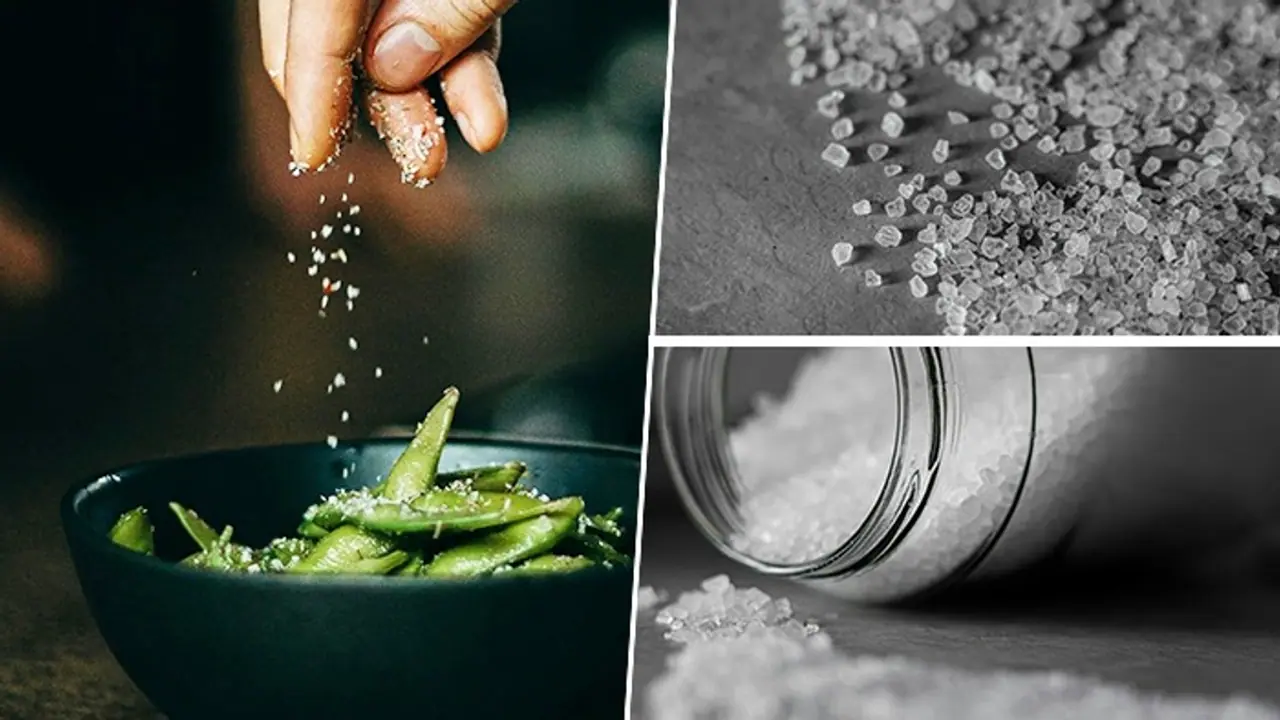It is reportedly said that the study analyzed 10 different types of salt and five varieties of sugar from both online and local markets. Reports said that microplastics were detected in every sample tested.
A recent study by Toxics Link, an environmental research organization, has revealed troubling findings about the presence of microplastics in common food products. The study, titled "Microplastics in Salt and Sugar," revealed that all Indian brands of salt and sugar—whether packaged or unpackaged—contain harmful microplastics. This alarming discovery highlights a pervasive contamination problem affecting everyday consumables.

It is reportedly said that the study analyzed 10 different types of salt and five varieties of sugar from both online and local markets. Reports said that microplastics were detected in every sample tested. These microplastics were identified in various forms including fibres, pellets, films, and fragments, with sizes ranging from 0.1 mm to 5 mm.
Ayodhya's Bhakti Path hit by major theft, FIR lodged as lights worth Rs 50 lakh go missing
Iodised salt was found to have the highest concentration of microplastics, particularly in the form of multi-coloured thin fibres and films.
Ravi Agarwal, founder-director of Toxics Link, expressed the severity of the situation, saying, "The objective of our study was to contribute to the existing scientific database on microplastics so that the global plastic treaty can address this issue in a concrete and focused manner."
Agarwal stressed the need for immediate policy action and research into technological solutions to mitigate microplastic exposure risks.
Satish Sinha, associate director of Toxics Link, highlighted the urgent need for comprehensive research into the long-term health impacts of microplastics. "Our study's finding of substantial amounts of microplastics in all salt and sugar samples is concerning and calls for urgent, comprehensive research into the long-term health impacts of microplastics on human health," Sinha said.
Wayanad landslides: Over 400 bodies identified through DNA tests; check details
The study found that the concentration of microplastics in salt samples ranged from 6.71 to 89.15 pieces per kilogram. Iodised salt had the highest contamination level at 89.15 pieces per kilogram, while organic rock salt had the lowest at 6.70 pieces per kilogram. In sugar samples, microplastic concentrations ranged from 11.85 to 68.25 pieces per kilogram, with non-organic sugar showing the highest levels.
Microplastics have become a significant global health and environmental concern. These minuscule plastic particles are known to enter the human body through food, water, and air. Recent studies have detected microplastics in human organs, including the lungs, heart, breast milk, and even in unborn babies. The revelation of microplastics in such fundamental food products underscores the urgent need for action to address this growing crisis.
